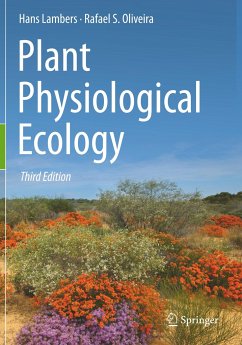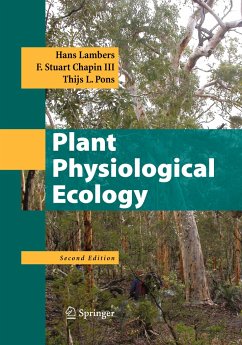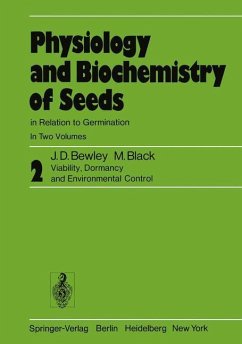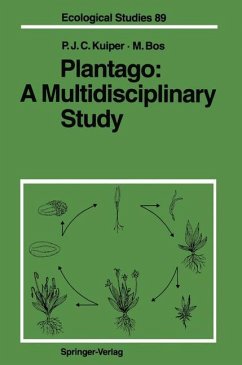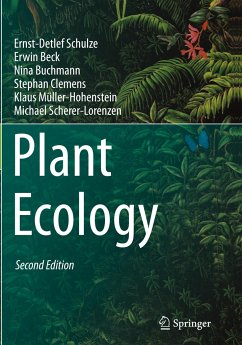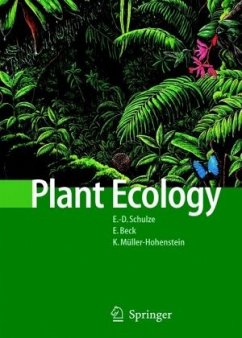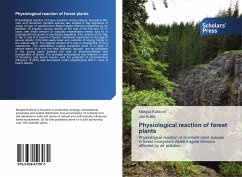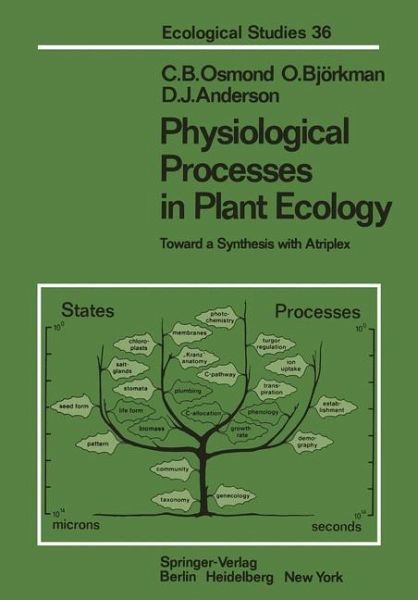
Physiological Processes in Plant Ecology
Toward a Synthesis with Atriplex
Versandkostenfrei!
Versandfertig in 1-2 Wochen
77,99 €
inkl. MwSt.

PAYBACK Punkte
39 °P sammeln!
In the spring of 1969 a small meeting was convened at the CSIRO Riverina Laboratory, Deniliquin, New South Wales, to discuss the biology of the genus Atriplex, a group of plants considered by those who attended to be of profound importance both in relation to range management in the region and as a tool in physiological research. The brief report of this meeting (Jones, 1970) now serves as a marker for the subsequent remarkable increase in research on this genus, and served then to interest the editors of the Ecological Studies Series in the present volume. This was an exciting time in plant p...
In the spring of 1969 a small meeting was convened at the CSIRO Riverina Laboratory, Deniliquin, New South Wales, to discuss the biology of the genus Atriplex, a group of plants considered by those who attended to be of profound importance both in relation to range management in the region and as a tool in physiological research. The brief report of this meeting (Jones, 1970) now serves as a marker for the subsequent remarkable increase in research on this genus, and served then to interest the editors of the Ecological Studies Series in the present volume. This was an exciting time in plant physiology, particularly in the areas of ion absorption and photosynthesis, and unknowingly several laboratories were engaged in parallel studies of these processes using the genus Atriplex. It was also a time at which it seemed that numerical methods in plant ecology could be used to delineate significant processes in arid shrubland ecosystems. Nevertheless, to presume to illustrate and integrate plant physiology and ecology using examples from a single genus was to presume much. The deficiencies which became increasingly apparent during the preparation of the present book were responsible for much new research described in these pages.



